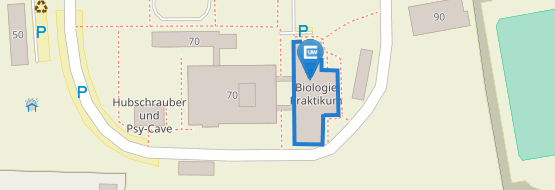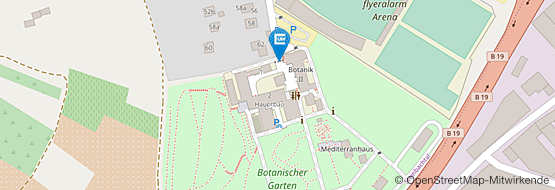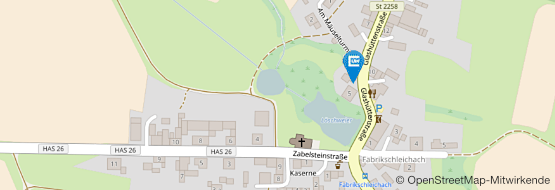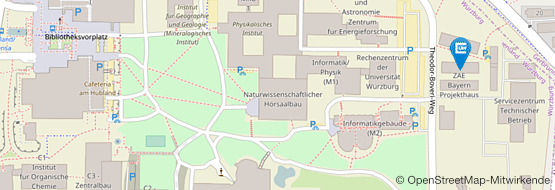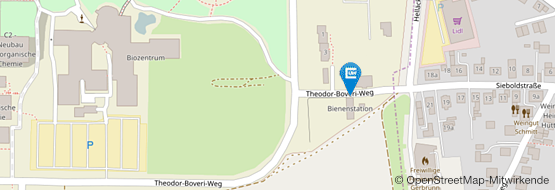Showcase to "Does the cell nucleus dictate heredity? Hybrid merogone experiments"
Microtome, used by Theodor Boveri for the preparation of paraffin sections (R. Jung Heidelberg, serial number 7058, purchased in 1906)

Boveri uses this sledge microtome to produce thin (~ 5 µm) sections for microscopic observation. The biological material is fixed, dehydrated and embedded in paraffin. The finished paraffin block is mounted on the adjustable holder and the knife moves back and forth over the block. After each pass, the block is raised by the desired thickness of the cut. The sections are then transferred to a glass slide, dewaxed and stained. Finally, they are covered with a cover glass using a suitable embedding medium. In Boveri's time, Canada balsam was used as a mounting medium, which unfortunately yellows and occasionally shrinks over time. Microtomes are still very important instruments for today's biology and medicine.
Microscope (Carl Zeiss Jena, introduced in 1898, loan of Ulrich Scheer)

This large research microscope is known as „jug handle microscope“ (Bierseidel Mikroskop) because of the conspicuous handle. Theodor Boveri uses a microscope of this type, as the large background picture illustrates. This photograph was taken around 1907 and shows Boveri in his study, in front of him on the table is his jug handle microscope, which according to the account book he had bought in 1905. Unfortunately, the original microscope no longer exists.
Dissecting microscope (Ernst Leitz Wetzlar, purchased in 1905)

Cardboard folder for microscopic slides with labels by Theodor Boveri (replica by Ulrich Scheer)

This cardboard folder stores 20 microscope slides and is handwritten by Theordor Boveri with „Ascaris meg. polar body formation, whole mounts”. It shows a collection of slides with Boveri's annotations. They are still in good condition and can be examined with a normal transmission light microscope. Such folders with two-piece flap are still being produced today.
Ascaris megalocephala (preparations, Biocentre of the University of Würzburg)

Theodor Boveri's model organisms: Ascaris megalocephala (now Parascaris equorum), a parasitic roundworm of horses and the sea urchin.




